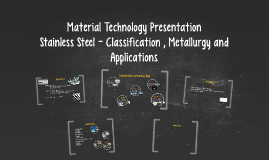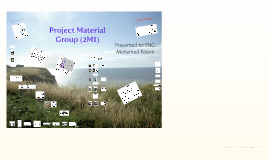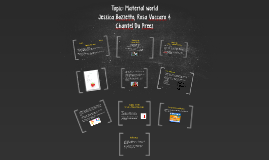Material Technology Presentation
Transcript: 70% production Composition: 0.15% C, 16% Cr, Nickel and Manganese Properties: Non Magnetic, Soft, Ductile and Malleable Usage: Chemical plants, Domestic and industrial, Utensils Composition: 18-28%Cr, 4.5-8%Nickel, 2.5-4%Molybdenum Properties : High Tensile and Yeild Strength, High Resistance to Stress Corrosion and Chloride ion attacks Usage: Marine application and petrochemical plants Composition : Al,Ti,Cu, Niobium and Molybdenum Properties : High strength and high Corrosion Resistance Usage : Bulkheads Nibs and Skins and other Structural part Metallurgy Minimum 10.5% Cr Content By Mass. Nickel, Molybdenum, Titanium, Al, Cu also used to increase resistance to corrosion The 630-foot-high (190 m), stainless-clad (type 304) Gateway Arch defines St. Louis's skyline Precipitation Hardening stainless steels Surgical tools, such as these hemostats, are commonly made of stainless steel Pipes and fittings made of stainless steel 1. History : Year – 1872 Discovered by – Englishmen Clark and Woods Also Called Inox Steel 2. Why do we need stainless Steel ?? Does not corrode rust or stain as ordinary steel does. Used in almost every field of engineering. 3.Facts of stainless steel and its future INTRODUCTION The 1936 Ford Deluxe never looked as good in paint as it does here with the rich natural patina of stainless steel. Of the six originally produced, four still survive. Austenitic stainless steels Duplex stainless steels An art deco sculpture on the Niagara-Mohawk Power building in Syracuse, New York Composition: 12-18%Cr, 0.1-1.2% C Properties :Poor weldability, Magnetic,High Strength and Hardness Usage: Surgical instruments and knifes Material Technology Presentation Stainless Steel - Classification , Metallurgy and Applications The pinnacle of New York's Chrysler Building is clad with Nirosta stainless steel, a form of Type 302 Composition : 11% to 18% Cr, 0.08-2% C Properties: Magnetic, Soft, Ductile,Malleable Usage: Pressure Vessels, heaters , food industries Stainless steel is used for industrial equipment when durability and cleanability are important CONCLUSION Stainless steel is often used for everyday kitchen sinks, appliances, and cookware Architecture Bridges Medicine Culinary use Airport 3-D Printing Sculptures and Monuments Locomotives Jewelry Firearms Classification of Stainless Steel Ferritic stainless steels Applications Martensitic stainless steels

















